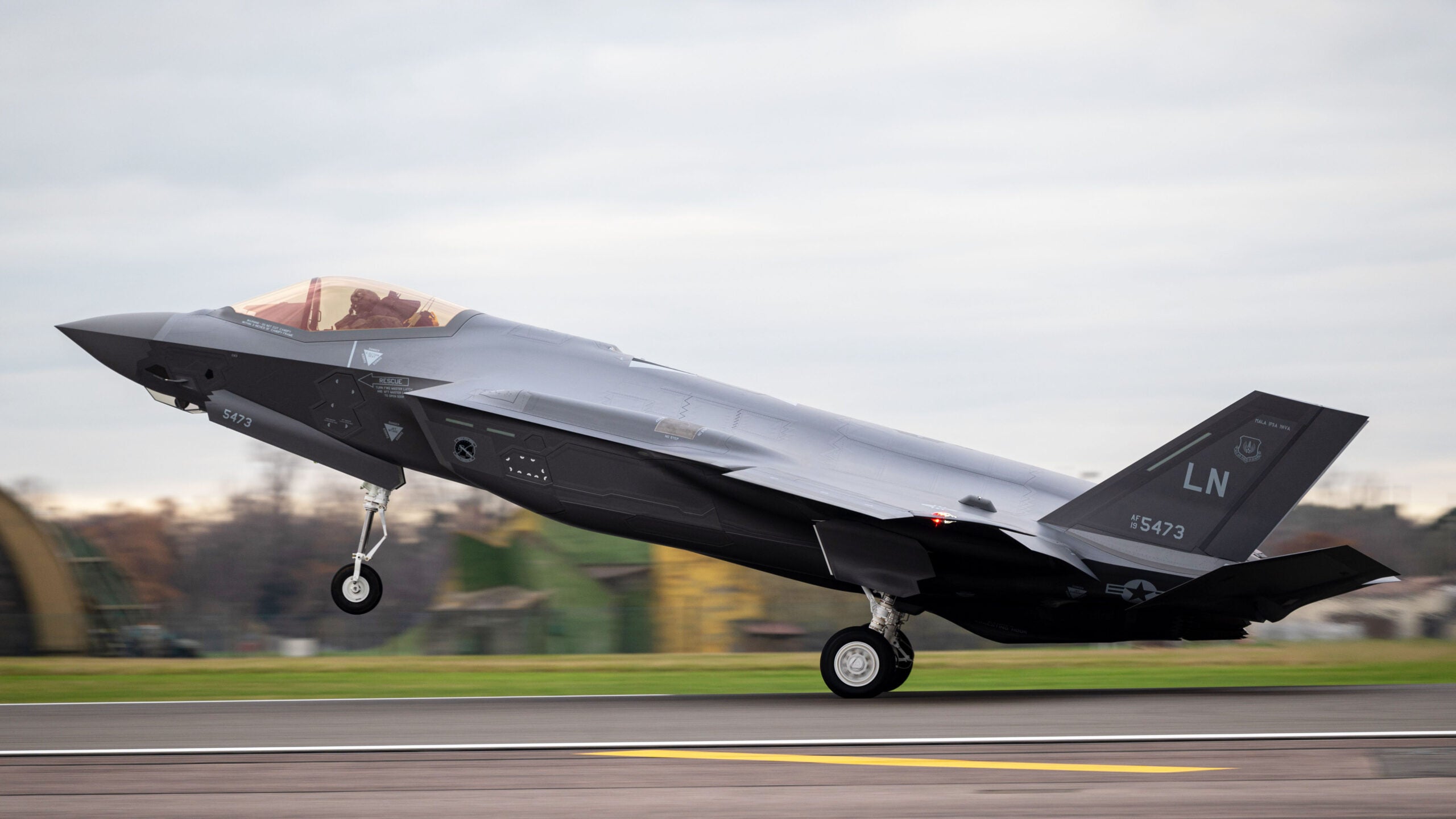The U.S. Air Force’s first squadron of F-35A stealth fighters to be permanently based anywhere outside the United States began to receive its first jets today. The 495th Fighter Squadron, known as the “Valkyries,” which was reactivated a little over a year ago at RAF Lakenheath in the east of England, will eventually have 24 F-35As assigned, representing a significant boost in capabilities for the parent 48th Fighter Wing as well as for the wider U.S. Air Forces in Europe.
Based on photos and video released by the Air Force, an initial four F-35As have arrived at Lakenheath, the culmination of a six-year process since the base was first announced as being a future host of the fifth-generation fighter.

“Our coalition forces train and fight in the most dynamic theater, requiring the most advanced platforms,” said Gen. Jeff Harrigian, U.S. Air Forces in Europe – Air Forces Africa commander. “The ‘Valkyries’ are leading our F-35 integration across Europe. We’ve come a long way, and now we’re extending our reach as a coalition force and what we will accomplish together.”
“‘Valkyries’ epitomizes the force’s move toward more inclusivity and equally represents the fifth-generation stealth fighter’s air superiority,” added Lt. Col. Ian McLaughlin, the 495th Fighter Squadron commander. “Like the Valkyries themselves, we’ll be vital to determining the fate of our adversaries in the battlespace.” You can read more here about the meaning behind the squadron’s name and how it was selected.
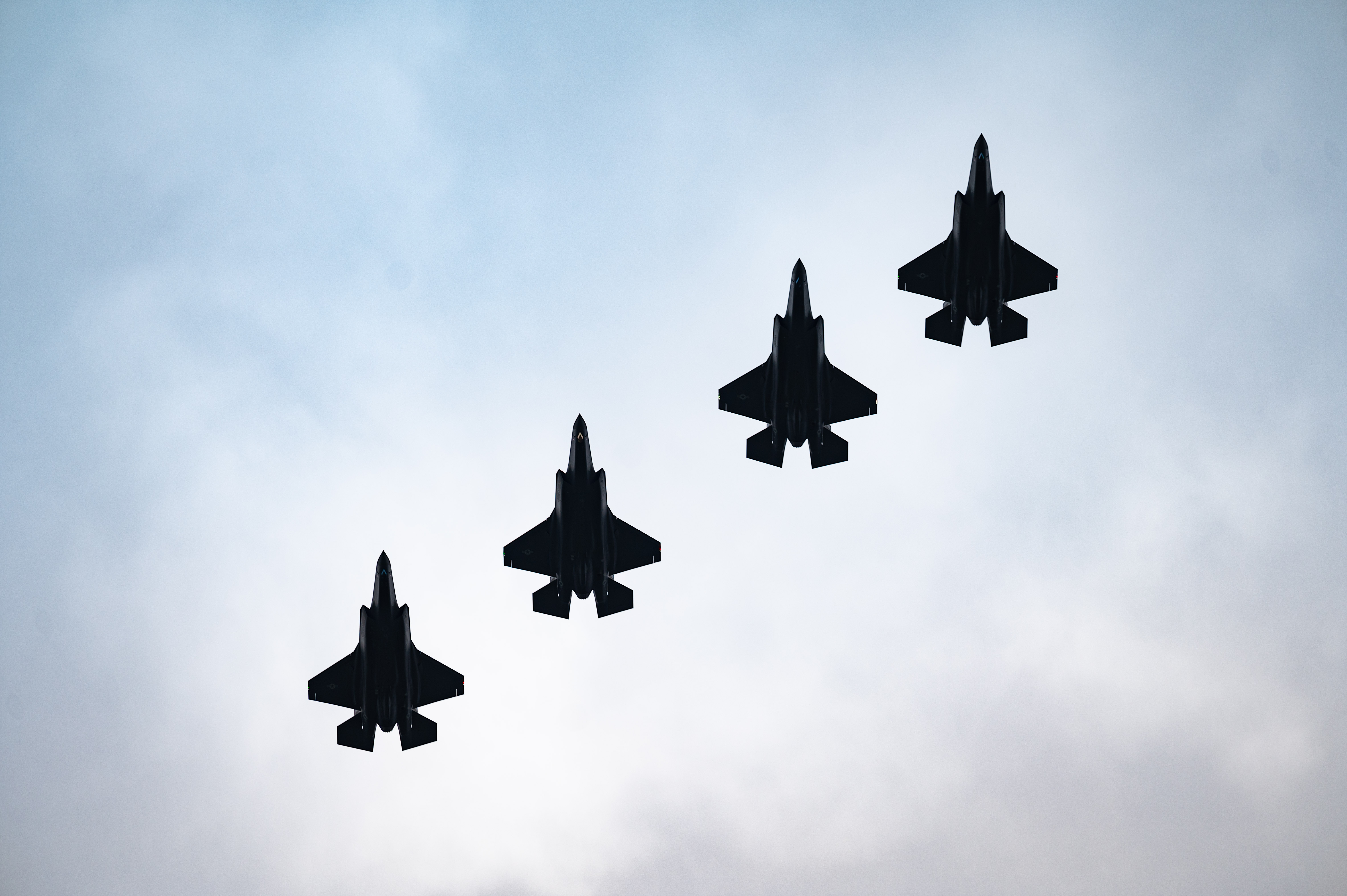
Lakenheath and the resident 48th Fighter Wing already hosts F-15E Strike Eagles of the 492nd Fighter Squadron “Madhatters,” and the 494th Fighter Squadron “Panthers,” as well as F-15C/Ds belonging to the 493rd Fighter Squadron “Grim Reapers.”
Once F-35A operations are in full swing, there will be two squadrons operational at the base. As part of that process, F-15C/D operations at Lakenheath are already winding down, ahead of the 493rd Fighter Squadron also becoming a Lightning II unit. Each of these two F-35A squadrons will eventually receive 24 jets, with another six on hand as a backup to ensure that there should always be a full fleet available.
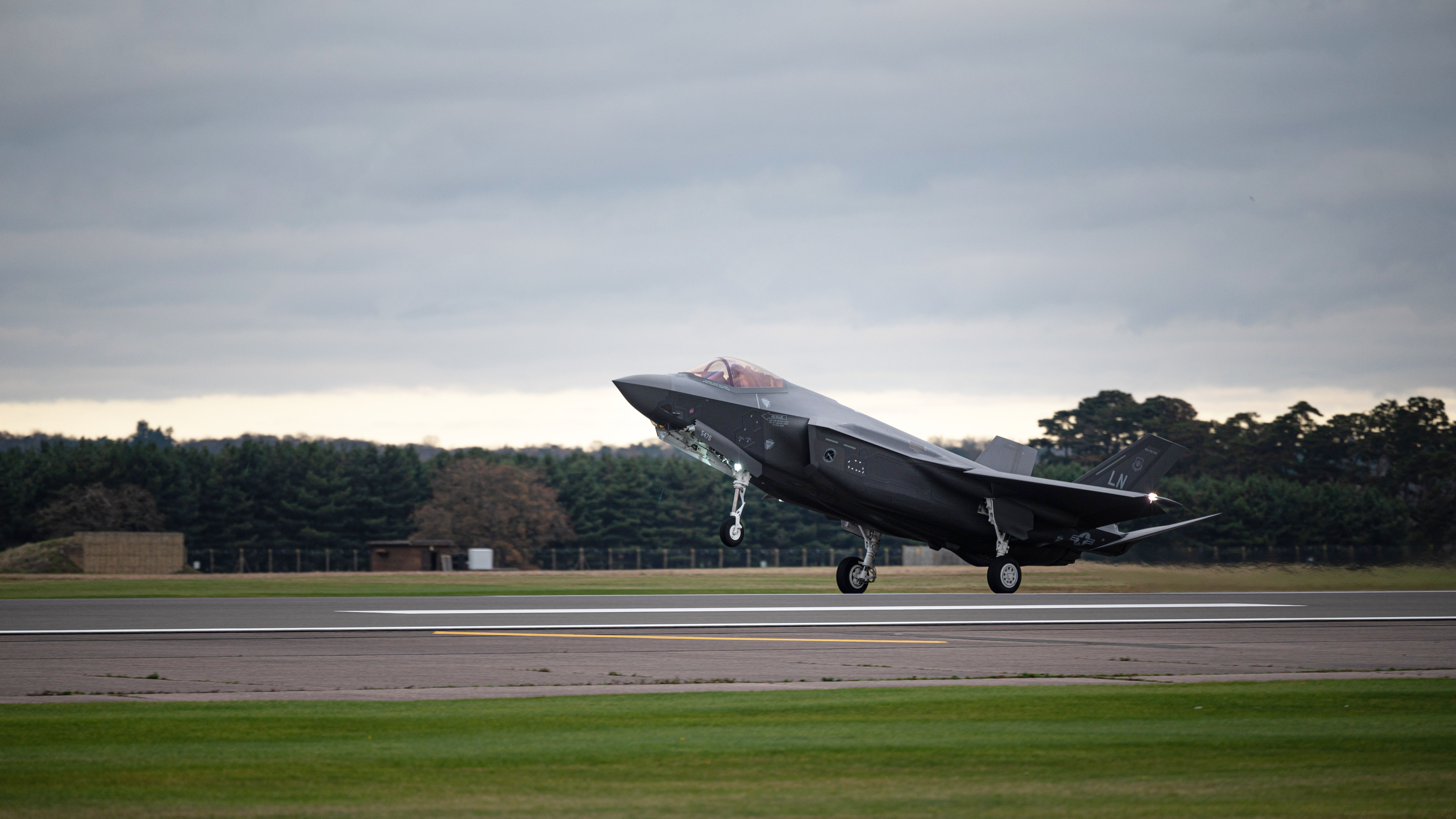
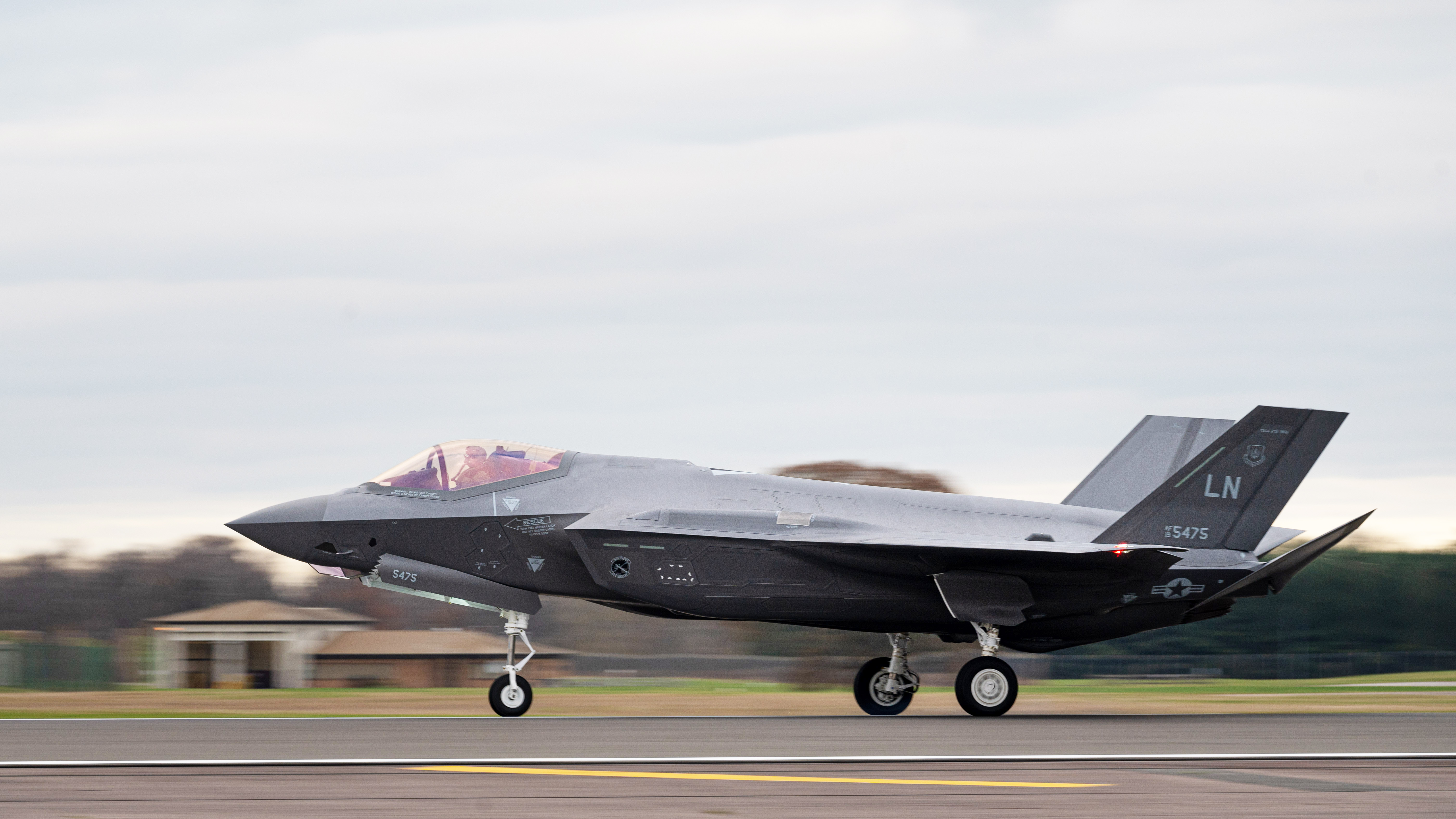
Ahead of the arrival of the stealth jets, Lakenheath has been kitted out with new infrastructure, including a flight simulator facility, a maintenance unit, new hangars, and storage facilities to accommodate the Joint Strike Fighters.
As well as providing synergy with the U.K. Armed Forces, including Royal Air Force F-35Bs based at nearby RAF Marham, and the opportunity for combined training, having U.S. Air Force Lightning IIs in Europe brings them closer to a growing European Joint Strike Fighter community.

Outside of the United Kingdom, F-35s are or will be, based in Belgium, Denmark, Finland, Italy, the Netherlands, Norway, Poland, and Switzerland before the end of this decade.
The importance of the Air Force F-35A to the European security environment has already been made clear, with a first temporary deployment to the continent back in 2017.
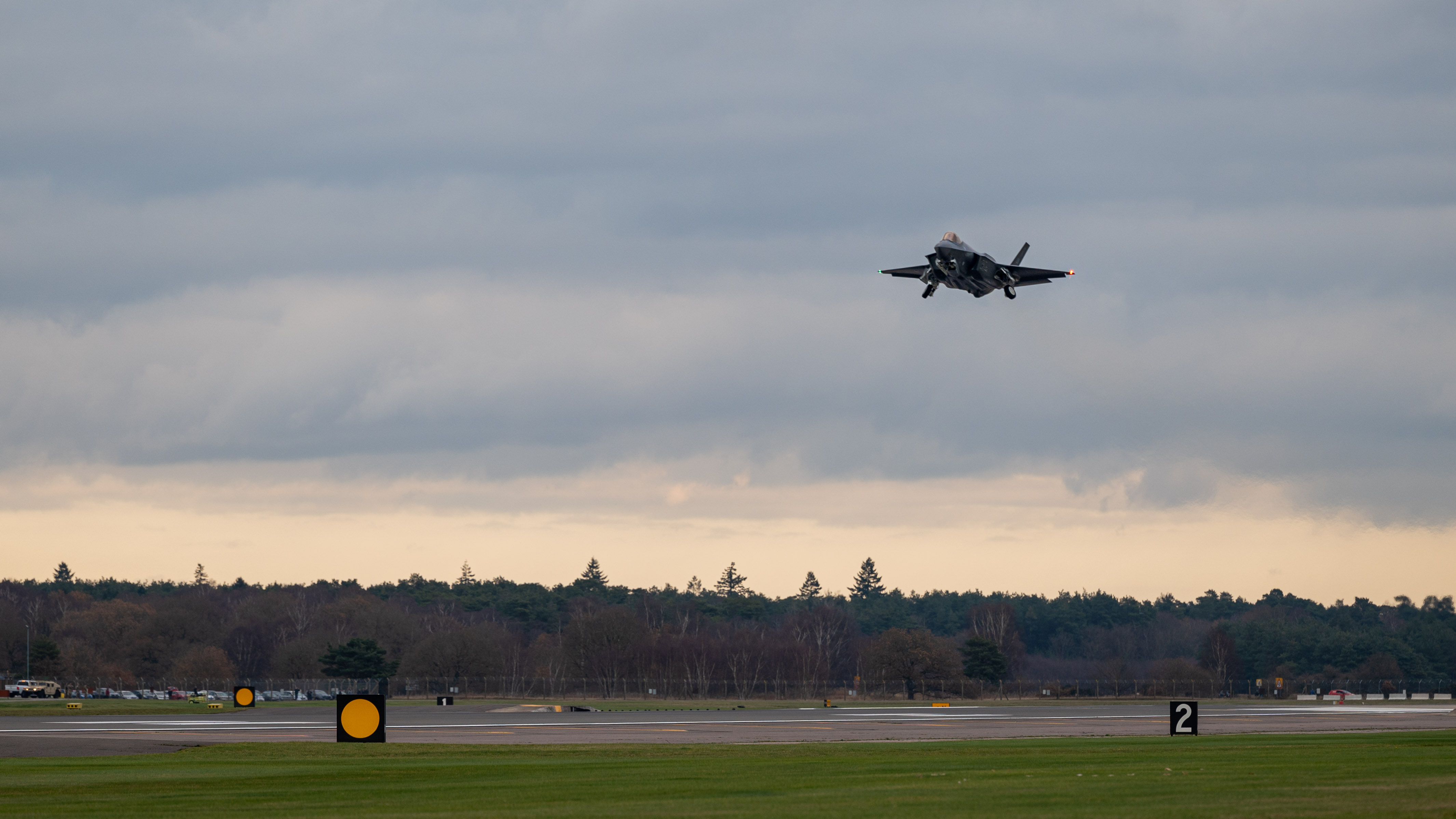
Clearly, the addition of U.S. Air Force F-35As to the European theater is an important development as the service continues to expand its fifth-generation force beyond the United States.
Once there are two squadrons of F-35As at Lakenheath, together with two squadrons of F-15Es, the 48th Fighter Wing package will provide combat commanders with a flexible and highly capable forward-based force. It should be equally able to respond to contingencies in the wider region and to signal U.S. resolve to a resurgent Russian military that is increasingly testing NATO members and allies around its western borders.
Contact the author: thomas@thedrive.com
